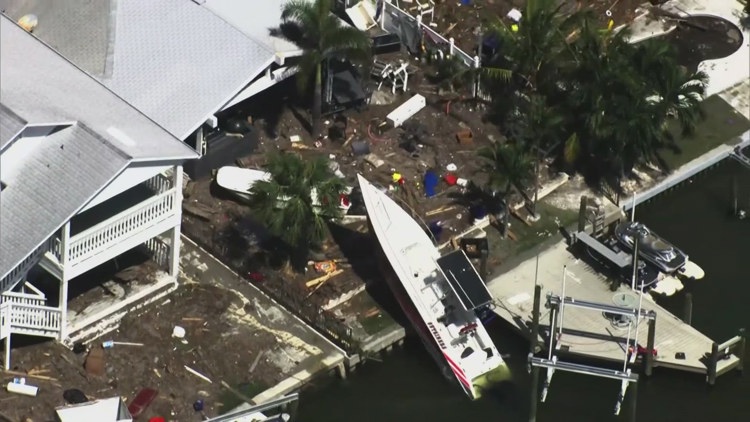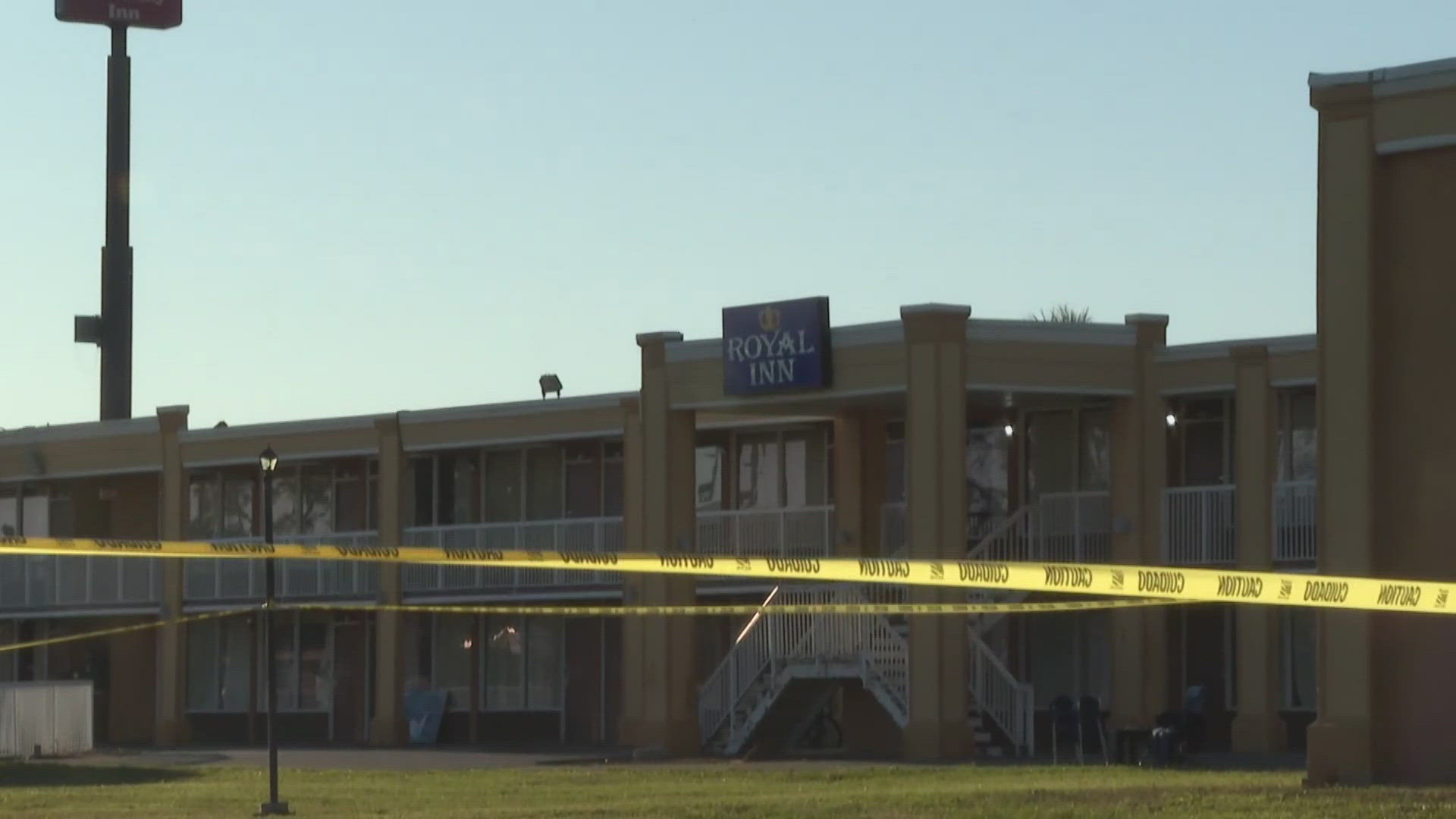JACKSONVILLE, Fla. — As Hurricane Milton moves into Florida there is a risk of severe damage and loss of life.
Milton is expected to make landfall sometime Wednesday night, then move across the state and exit into the Atlantic by Thursday evening.
One of the many dangers of storms like Milton is a weather phenomenon called a storm surge.
According to the National Weather Service (NWS), a storm surge is an abnormal change in water levels because of a storm.
Not to be confused with storm tide which is when the water level rises during a storm due to the combination of storm surge and the astronomical tide.
Storm surges are caused by strong winds in a hurricane or tropical storm.
"The wind circulation around the eye of a hurricane causes a vertical circulation in the ocean. While in deep water, there is no indication of storm surge because there is nothing to interfere with this circulation," the NWS website says.
Once a storm gets into more shallow waters the vertical circulation is disrupted by the ocean bottom. The water can't continue to move downward, so it begins to move upward and inland, resulting in storm surge.
Many factors effect the impact of a storm surge such has a storms speed, size, intensity, areas of low pressure and even the shape of the coastline where a storm is headed.
The frequent waves from a surge can make entire buildings crumble, even those built to withstand the pressure.
Also, "currents created by tides combine with the waves to severely erode beaches and coastal highways. Buildings that survive hurricane winds can be damaged if erosion undermines and weakens their foundations," the NWS said.
A 2023 study found nearly half of all fatalities in landfalling hurricanes in the U.S. between 1963 and 2012 were the result of storm surge flooding. This includes hurricanes like Camille in 1969 and Katrina in 2005, according to the Weather Network.
They say Florida’s western coast is particularly vulnerable. This is because it's a mix of swampy terrain, bays, and inlets to allow a large storm surge when a storm makes landfall.
According to the Weather Channel, more than half of the homes most at-risk to storm surges are along the Atlantic coast, including New York, Miami, Virginia Beach and Jacksonville.



